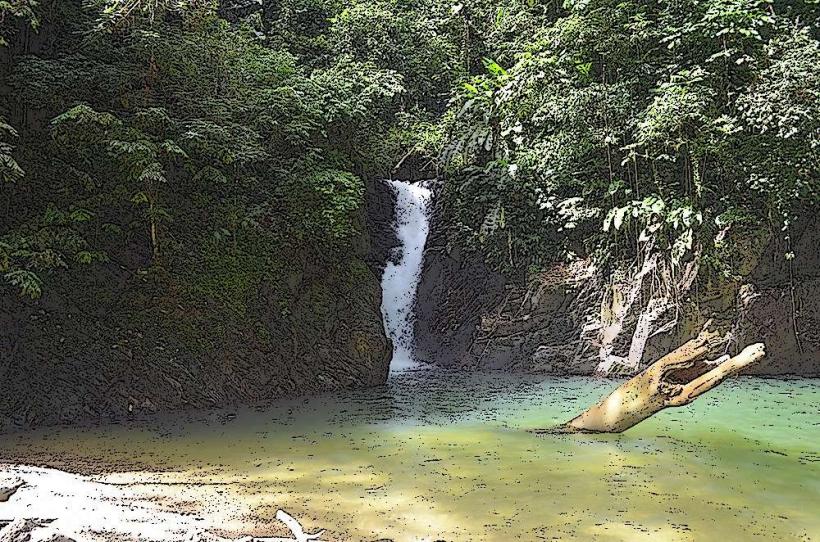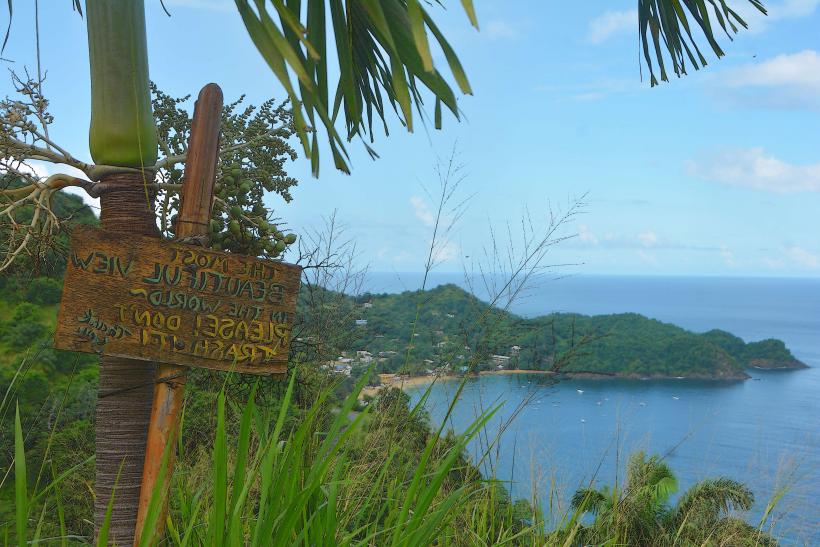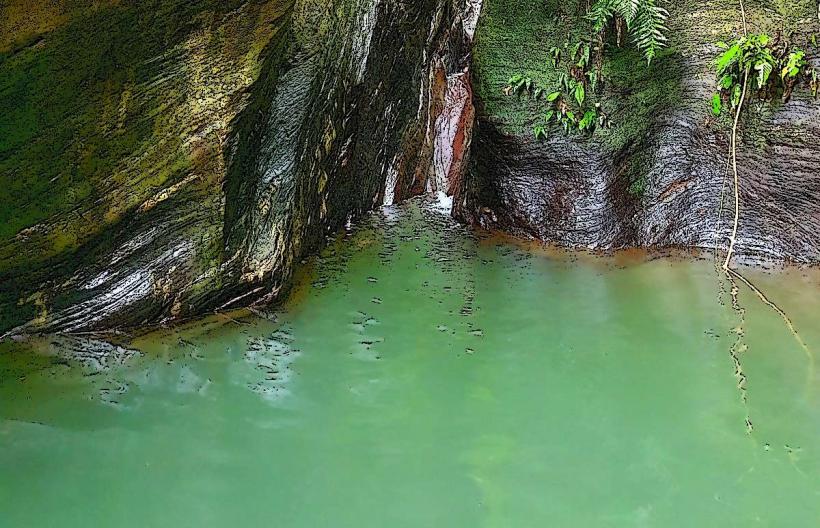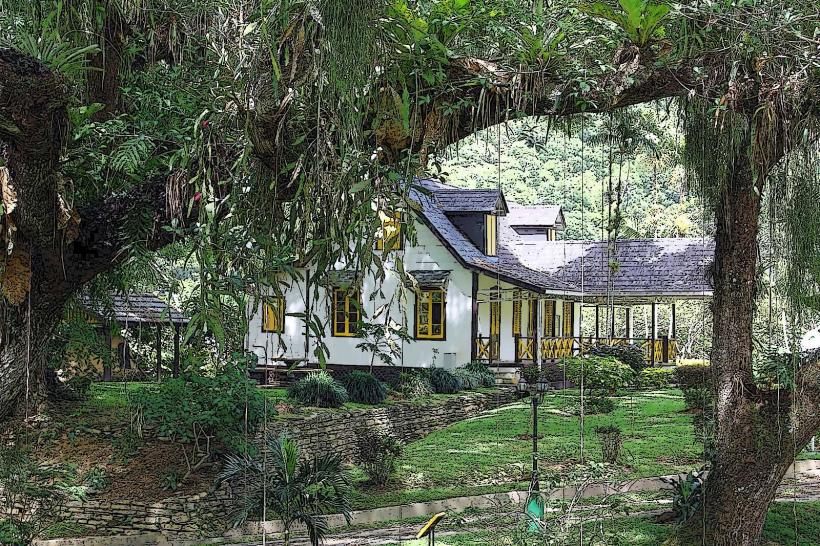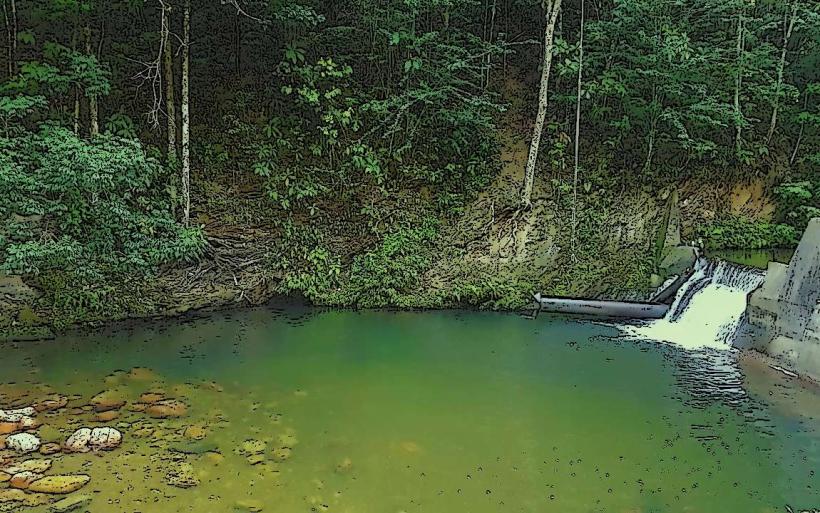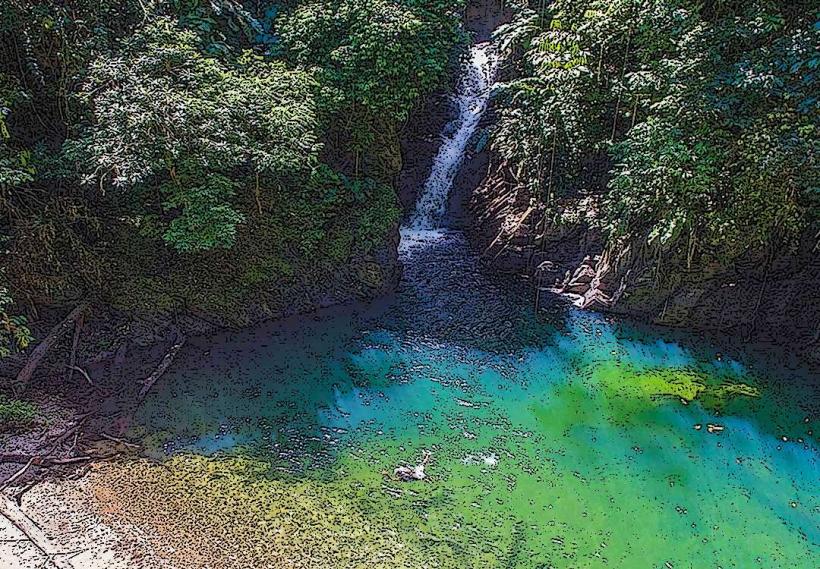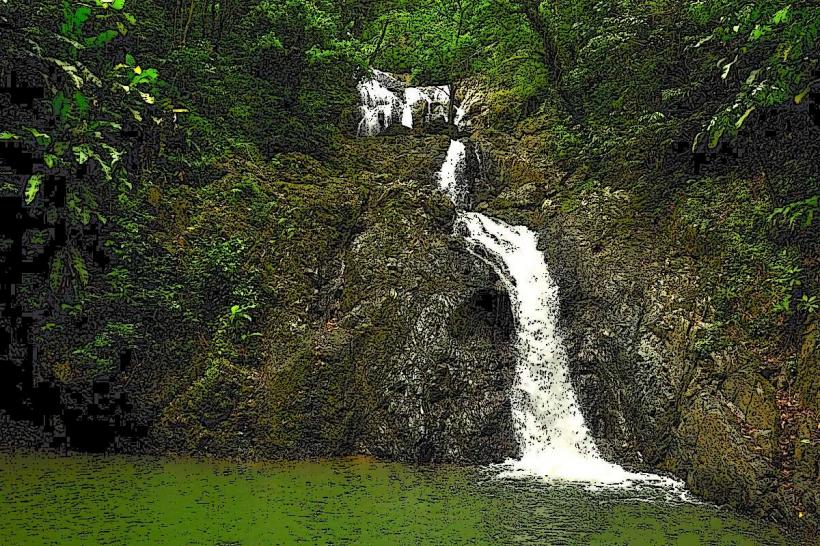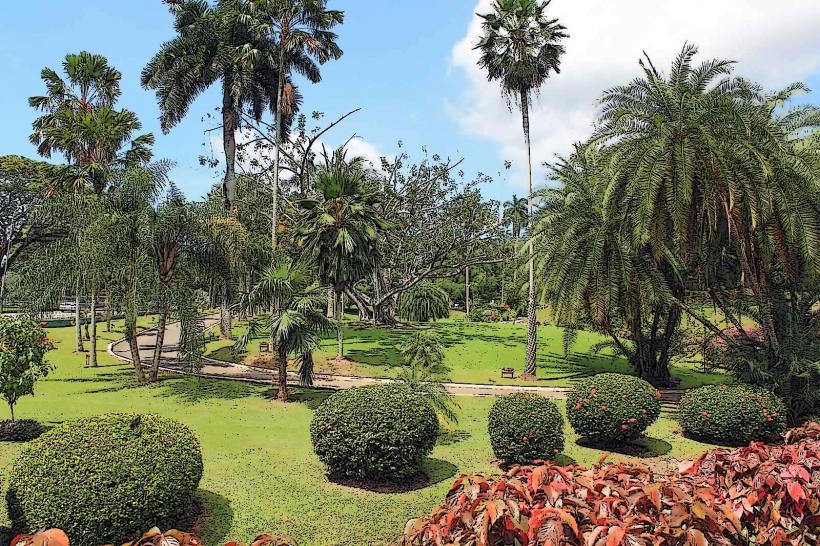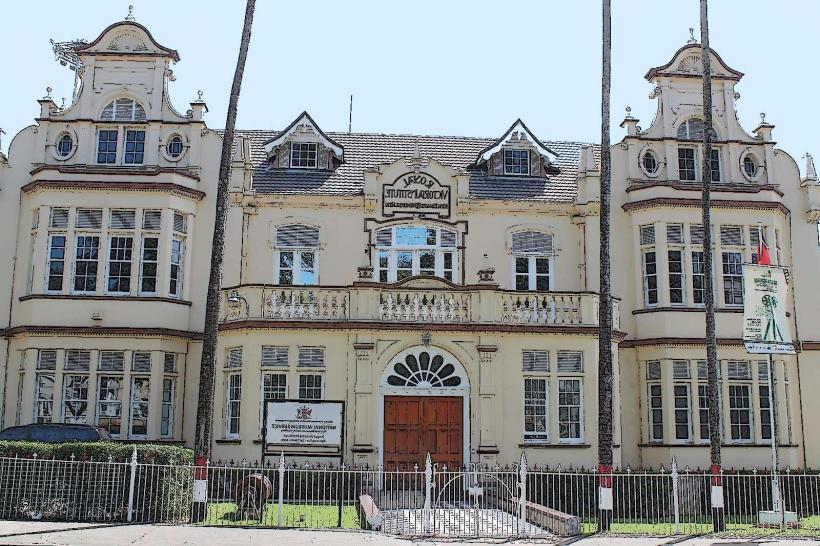Information
Landmark: Emperor Valley ZooCity: Port of Spain
Country: Trinidad and Tobago
Continent: North America
The Emperor Valley Zoo is a popular zoological park located in Port of Spain, Trinidad and Tobago. Established in 1952, the zoo is one of the key attractions in the country, showcasing a variety of wildlife species from both local and international environments. It plays an important role in conservation, education, and entertainment. Here is a detailed overview of the zoo:
History and Background:
Establishment: The Emperor Valley Zoo was opened in 1952 and was initially created to provide a space where the public could observe native and exotic animals in a controlled environment. It is located in the Royal Botanical Gardens, adjacent to Queen’s Park Savannah, providing an easy connection to other cultural and natural attractions in Port of Spain.
Name: The zoo’s name, “Emperor Valley,” is derived from the area it occupies and its historical connection to Trinidad's royal and aristocratic past. The valley itself was once part of a large estate owned by colonial elites.
Zoo Layout and Features:
The zoo spans approximately 6 acres (2.4 hectares) of land and is designed to provide visitors with a scenic and educational experience as they navigate through its pathways, which are lined with various animal exhibits.
Animal Exhibits: The zoo is home to a wide variety of species, organized into different enclosures. Some of the major types of animals featured include:
- Mammals: These include indigenous species such as the Red Howler Monkey and Agouti, as well as exotic species like Lions, Leopards, and Monkeys from Africa and Asia.
- Birds: The zoo features a large number of native and exotic bird species, including Macaws, Parrots, and Flamingos. It also houses the Scarlet Ibis, which is the national bird of Trinidad and Tobago.
- Reptiles: There is a diverse collection of reptiles such as Iguanas, Boa Constrictors, and Crocodiles.
- Amphibians: The zoo also houses various species of frogs and other amphibians native to the Caribbean and beyond.
- Aquatic Life: While the zoo's primary focus is on land-based animals, it also features some aquatic life, including various species of fish.
Key Attractions:
The Lion’s Den: One of the main attractions at the zoo is the Lion’s Den, which houses African Lions, providing visitors the chance to see these majestic creatures up close. The zoo is one of the few in the region where you can observe lions in a safe, naturalistic setting.
Primate Exhibit: The zoo’s primate section includes Capuchin Monkeys, Squirrel Monkeys, and Spider Monkeys, providing an opportunity to observe the fascinating behavior of different monkey species.
Bird Aviaries: The large aviaries house various species of tropical and exotic birds, allowing visitors to observe them in a more naturalistic setting. The brightly colored Macaws and Cockatoos are particularly popular.
Children's Playground: The zoo has a designated area for children to enjoy, featuring playgrounds, educational displays, and fun activities to engage younger visitors.
The Reptile House: A well-maintained reptile house showcases snakes, turtles, and other reptiles, both local and foreign. The Boa Constrictor and the Green Iguana are among the notable species in this section.
Conservation and Education:
Conservation Efforts: The zoo plays a role in the conservation of local and endangered species. Efforts to breed and protect indigenous species such as the Trinidad Piping Guan and the Yellow-Shouldered Parrot are central to the zoo's mission.
Educational Programs: The zoo offers educational programs aimed at teaching both children and adults about wildlife conservation, animal behavior, and biodiversity. These programs include school field trips, workshops, and talks designed to foster a greater appreciation for nature.
Research: The zoo is involved in research projects concerning animal health, breeding programs, and the study of species’ habitats. Its role in wildlife research contributes to the broader conservation initiatives across Trinidad and Tobago and the Caribbean.
Visitor Experience:
Facilities: The zoo is equipped with several amenities to ensure visitors have a comfortable experience. These include picnic areas, restrooms, food and drink stands, and souvenir shops.
Guided Tours: The zoo offers guided tours where knowledgeable staff provide visitors with detailed information about the animals and the zoo's conservation efforts. This makes it a highly educational experience for families, school groups, and tourists.
Special Events: Throughout the year, the zoo hosts special events such as Wildlife Day, animal feeding sessions, and holiday celebrations. These events provide opportunities for hands-on interactions with the animals and are a big draw for visitors.
Role in Trinidad and Tobago’s Culture:
Cultural Impact: The Emperor Valley Zoo is an important part of the cultural landscape of Trinidad and Tobago. It serves as a space for local communities to connect with wildlife and learn about environmental issues. It is also a popular spot for tourists who wish to experience a side of the country’s natural heritage.
Recreational Value: The zoo offers a family-friendly environment where visitors can enjoy both nature and wildlife while relaxing in a picturesque setting. The presence of various animals, combined with the lush greenery and botanical gardens surrounding the zoo, makes it a popular recreational destination.
Accessibility:
Location: The Emperor Valley Zoo is situated within the Royal Botanical Gardens in Port of Spain, making it easily accessible from various parts of the city. It is well-connected by public transport, and there is ample parking for visitors who drive.
Hours of Operation: The zoo typically operates daily during regular business hours, but it is recommended to check the zoo's website or contact them directly for updates regarding special hours, holidays, and events.
Conclusion:
The Emperor Valley Zoo is not only a recreational space but also a significant educational and conservation resource in Trinidad and Tobago. It provides a platform for the public to interact with wildlife, learn about environmental issues, and witness the country’s natural biodiversity. With its diverse animal exhibits, historical significance, and role in preserving species, the zoo remains a beloved institution in Trinidad’s cultural and natural landscape.





